Affiliate disclosure: This post may contain affiliate links. Please see our Privacy Policy.
After a long winter hunkering in the hive, bees are eager to get out foraging. Once daytime temps hit about 50 degrees F, bees send out scouts to begin foraging. The problem is, it may be another month or more before the first apple blossoms open.
Major nectar sources like fruit tree blossoms wait until nighttime frosts have ended. Spring can be a lean time for the bees, but you can help by planting or encouraging these early spring nectar sources.
Some of these plants, like dandelions, aren’t exactly species you’d intentionally plant. That said, it’s important to realize that holding off on mowing a lawn might mean a few thousand extra mouths are fed in the lean season.
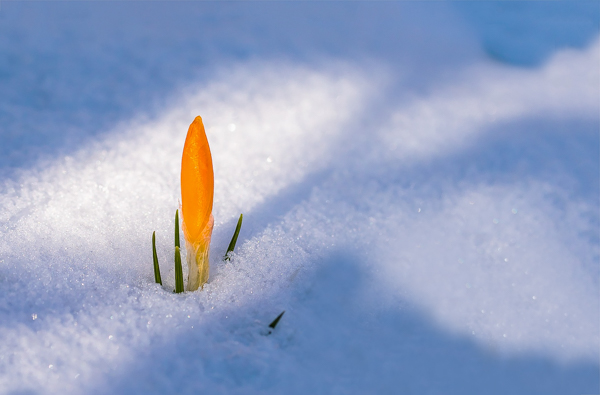
Crocus
Crocus flowers pop up right through the snow and are some of the very first flowers of spring. They’re not a huge source of food unless they’re planted in mass, so be kind to the bees and plant them in huge patches.
In being kind to the bees, you’re also helping your own morale. For me, the first crocuses of spring always brighten my spirits at a time when I’m desperately waiting for them to arrive.
Generally, you need to plant crocus bulbs in the fall so that they chill through the winter months, but you can buy pre-chilled crocus bulbs for spring planting here.
February Daphne
I remember coming across sweet-smelling February Daphne (Daphne mezereum) for the first time in a shady wet spot at the edge of our woods. The smell was intoxicating, and the small purple flowers were covered with bumblebees. It’s native to Europe and Asia, but it’s naturalized to the US as an ornamental.
Daphne grows wild in many places, including Vermont. They’re spread by birds that eat their colorful red berries. The berries themselves are toxic, but they’re beautiful nonetheless. You’ll February Daphne find them in ornamental landscape plantings, but they need heavy shade and very wet soils to thrive.
You can buy February Daphne seeds here.
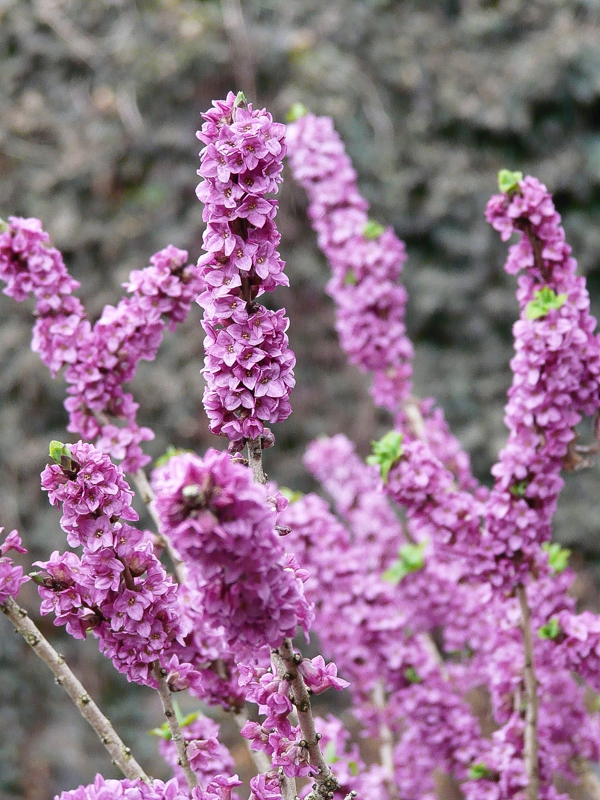
All Heal (or Self Heal)
Also known as all-heal because of its medicinal benefits for humans, all-heal is also a very early nectar source for the bees. It blossoms early and spreads like a carpet in shady areas of lawns.
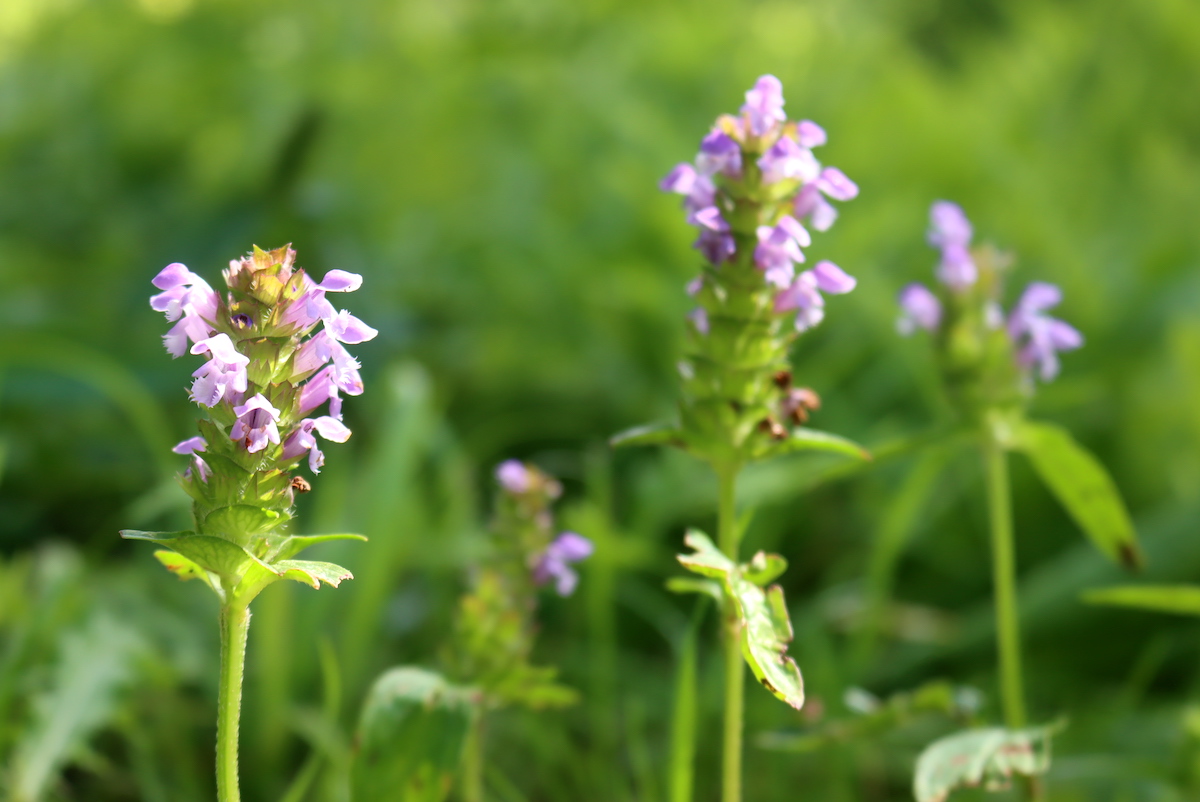
Dandelions
Blossoming well before most other spring greens, dandelions are an important food source for the bees. Most people don’t plant them intentionally, but we do! I love the idea of harvesting a few seedheads and bringing them to areas we’ve recently cleared.
A little food for the bees, and some beauty for our homestead. Even if you don’t intentionally plant them, avoid mowing a lawn until after they start to go to seed.
Chickweed
One of the first crops humans can forage in the early spring, chickweed is also a nectar source for the bees while snow is still on the ground in places. It grows in abundance, and though the individual blossoms don’t have much food for a bee, there are plenty of them. Chickweed isn’t something you exactly choose to plant, but at just like dandelions, you can leave it be to feed the bees.
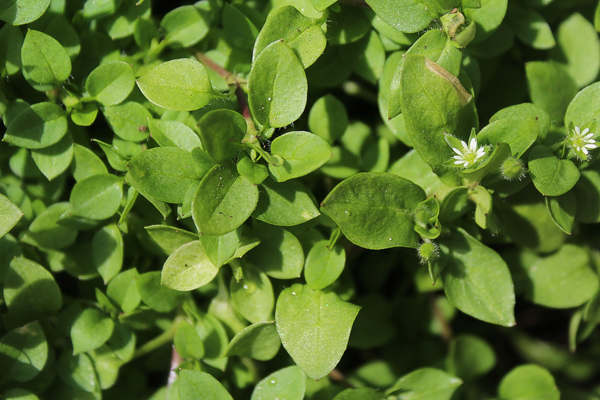
Maple Trees
Humans mostly think of maple for making maple syrup, but the bees fly higher into the branches and take advantage of early spring maple blossoms. Maple blooms so early that it’s often too cold for the bees to access the blooms.
In years when temps warm early, bees will take advantage of maple as a primary nectar source. Most years, it’s only a secondary source on very early warm days.
Willow Trees
Like maples, willows bloom very early in the spring and it’s often too cold for the bees to fly. With warmer temps, willow trees can provide enough nectar for bees to make 100 to 150 pounds of honey per acre. That’s a lot of honey from scrubby swamp shrubs!

Black Locust Trees
Often blooming when nothing else is available, black locust trees can be a lifesaver for bees. The blossoms are sweet and fragrant, and the trees become completely covered with them for 2 weeks a year.
Fruit Tree Blossoms
The arrival of fruit tree blossoms marks the end of the lean season for the bees in most areas. Planting a few apple trees, plum trees or other fruit trees ensures that bees have the nectar available to increase their numbers and build up their hives before the summer flowers bloom.

Suburban areas are generally food deserts for bees, and planting an apple tree will not only feed your family but a hive that depends on the blossoms for spring forage.
What do the bees love best in your yard? Are you planting with pollinators in mind?
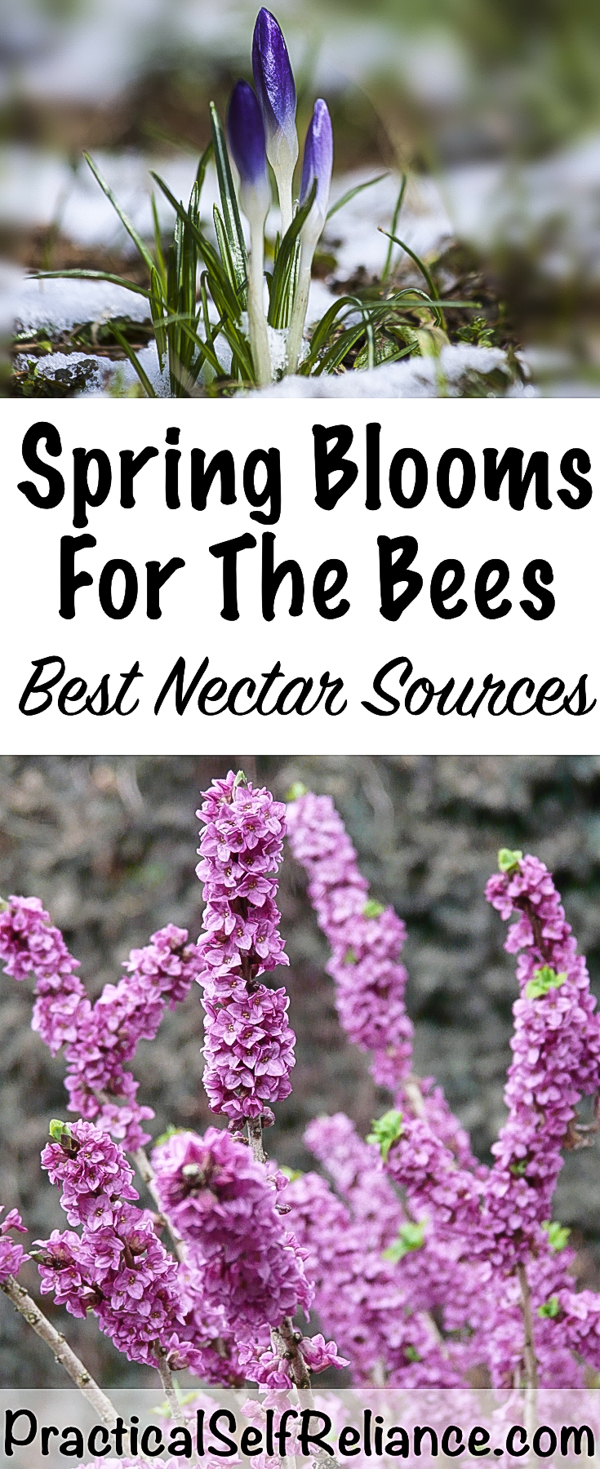
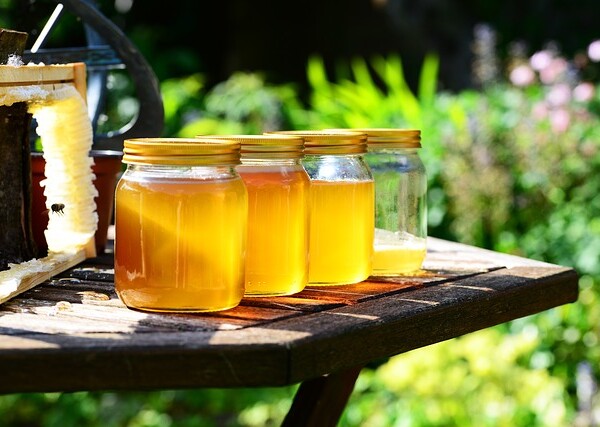
In the Austin, Texas area I have an elm (Ulmus americana or U. rubra?) that is the first tree to bloom in spring (mid-late February) on my property. It is followed by a male cottonwood. The buzzing of bees is quite loud during these flowerings.